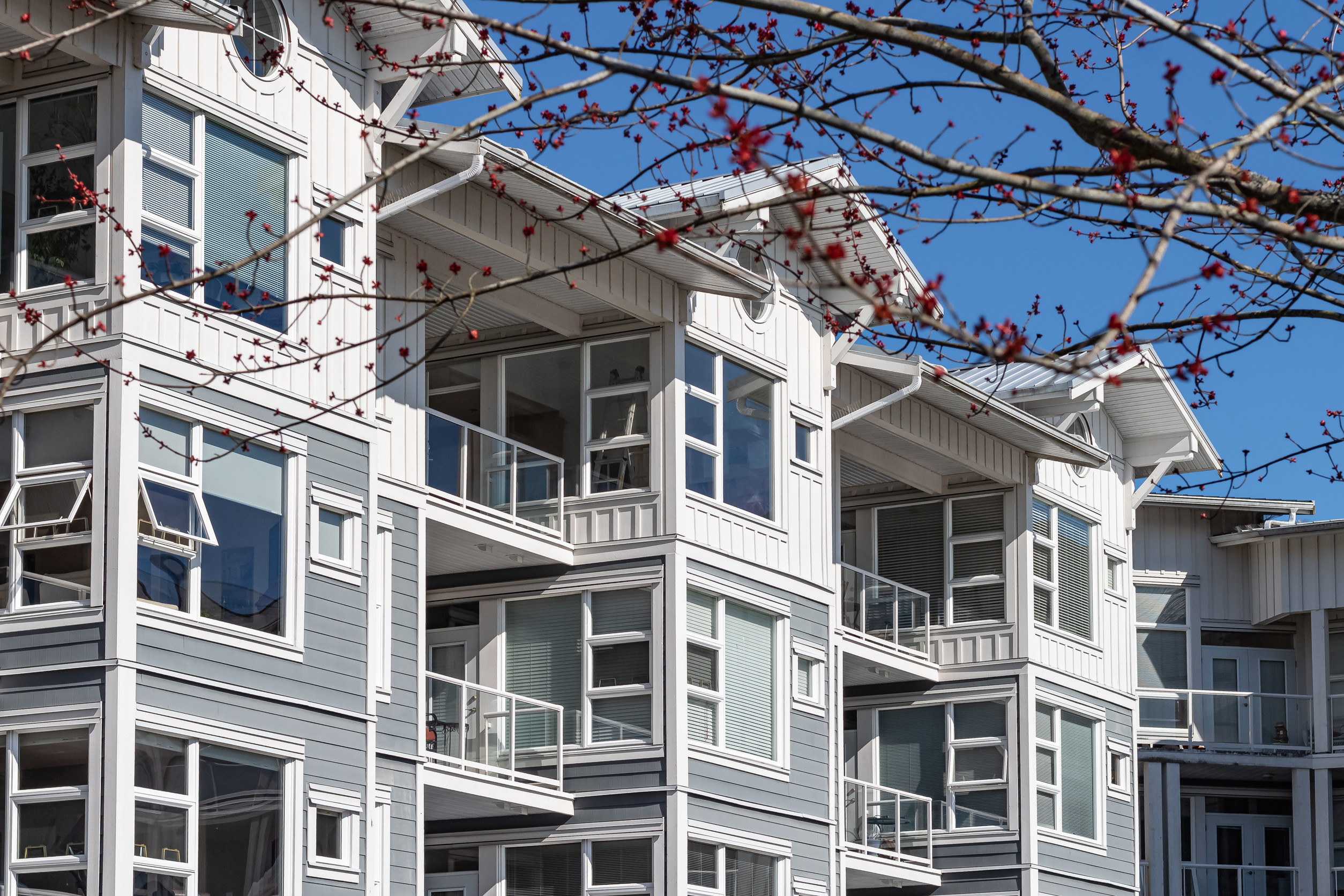In multifamily and HUD-assisted housing, understanding your apartment turnover rate is more than just a back-office metric — it’s a direct reflection of how efficiently your operations run. Every time a unit sits vacant, you lose rent, staff time, and momentum. High turnover drains budgets, frustrates tenants, and increases your risk of noncompliance with inspection and occupancy standards.
In this guide, we’ll break down everything property managers, housing authorities, and real estate investors need to know about apartment turnover rates — including how to measure, benchmark, and improve them using proven strategies (and the right partners).
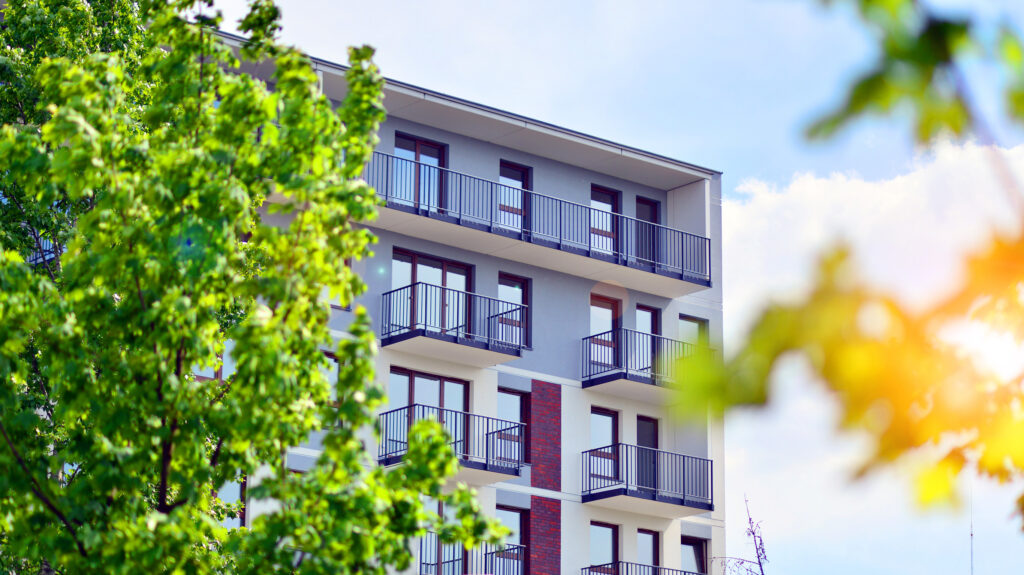
What Is Apartment Turnover Rate in Multifamily Properties?
How Apartment Turnover Rate Is Calculated
Your apartment turnover rate reflects how often tenants move out of your units during a given time period, usually one year. It’s typically calculated using this formula:
Turnover Rate (%) = (Number of Move-Outs / Total Units) x 100
For example, if 30 residents move out of a 100-unit property in one year, your turnover rate is 30%.
Why It’s a Crucial KPI for Property Managers and Investors
A high turnover rate means more vacant days, more staff time spent on turns, and more money invested in repairs, cleaning, and marketing. For HUD-assisted housing providers, it can also mean delayed lease-ups or failed inspections. In short: turnover is expensive. Reducing it increases NOI (net operating income), improves tenant satisfaction, and keeps properties compliant.
National Apartment Turnover Rate Benchmarks
U.S. Averages by Region and Property Type
According to industry data:
- The national average turnover rate for apartments ranges from 45% to 60%.
- In urban markets, turnover is typically higher than in suburban or rural areas.
- Class A properties tend to retain tenants longer, while workforce and affordable housing often see more churn.
HUD-Assisted vs Market-Rate Housing Turnover Trends
HUD properties tend to have higher turnover rates due to income fluctuations, voucher transfers, and stricter lease enforcement. Market-rate properties may retain tenants longer with incentives, though recent rent hikes in hot markets are causing more tenant movement across the board.
Real Costs of High Turnover: Time, Labor, and Lost Rent
Even a single turnover can cost a property:
- $1,000–$4,000 in repairs, cleaning, and marketing
- 7–30 days of lost rent
- Dozens of staff hours across leasing, maintenance, and admin teams
That cost multiplies quickly — especially across larger portfolios.

Top Causes of High Apartment Turnover Rates
Maintenance Delays and Subpar Unit Condition
Tenants leave when maintenance is slow, repairs are patchy, or units feel neglected. Even minor issues — like poor lighting, noisy HVAC, or worn flooring — can push residents to move on.
If those issues remain unaddressed during turnover, the next tenant is likely to leave quickly, too.
Poor Tenant Communication or Experience
Lack of updates, slow responses, or unclear expectations around renewals all contribute to churn. It’s not just the condition of the unit — it’s the experience of being a tenant.
Inconsistent Standards Across Properties
Owners with multiple buildings or scattered sites often struggle to maintain consistent turnover quality. That inconsistency leads to tenant dissatisfaction and contributes to failed inspections.
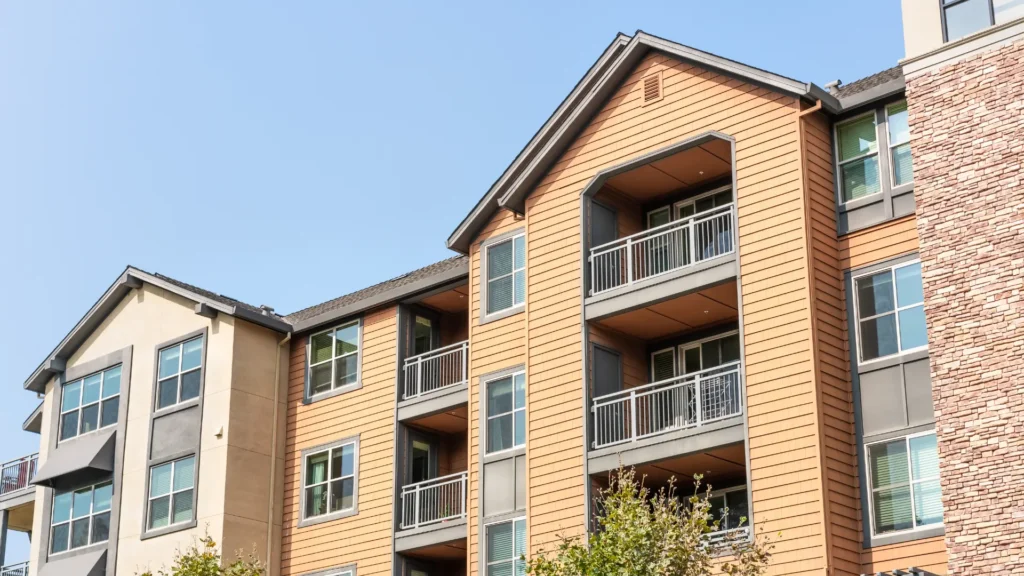
Strategies to Improve Apartment Turnover Rate
Streamlining Turnover Operations
Tight coordination between maintenance, leasing, and vendors shortens downtime. Using dedicated apartment turnover contractors (instead of pulling in-house techs away from other work orders) can reduce delays.
NSPIRE Experts’ Apartment Turnover Services are designed to keep that handoff seamless.
Proactive Maintenance and Inspection Prep
Addressing unit issues before the tenant moves out helps speed up make-ready timelines. A well-timed NSPIRE Pre-Inspection can also prevent rework and reduce the likelihood of move-out disputes.
Delivering Consistent Quality Across Units
Turnovers aren’t just about patching up holes. They’re about creating a consistently livable, code-compliant environment that supports tenant retention. That requires a system — and trained eyes — that don’t cut corners.
Reducing Downtime Between Tenants
Every day a unit sits empty is money lost. Partnering with responsive, professional teams means new tenants move in faster — and start paying rent sooner.
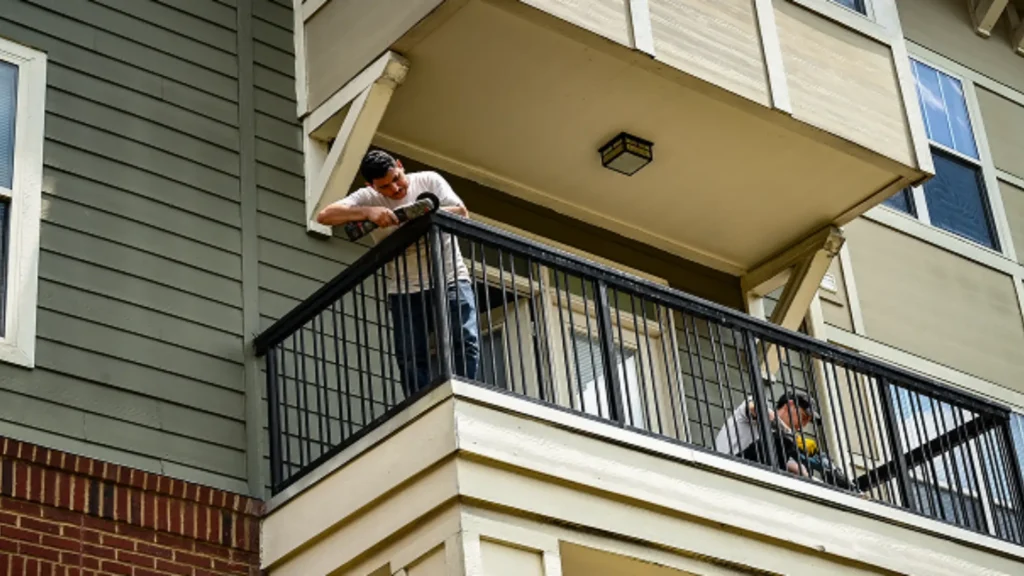
In-House Teams vs Apartment Turnover Contractors
Turnaround Time: How Fast Should a Unit Be Ready?
Best-practice benchmarks suggest units should be fully turned within 5–7 days of move-out. In high-demand markets or HUD-assisted housing, 48–72 hours may be expected.
But if your team is juggling 20 work orders, inspections, and emergencies, that’s not realistic.
Staffing Gaps, Training Delays, and Burnout
Internal maintenance techs are often stretched thin — especially in summer or after large move-outs. Adding turnovers to their plates causes bottlenecks, quality issues, and team burnout.
Contracted crews solve that instantly — no recruiting, onboarding, or training required.
Budgeting: Cost Predictability and Labor Efficiency
In-house turnovers come with hidden costs:
- Overtime pay
- Missed work orders
- HR admin
- Tooling and safety compliance
NSPIRE Experts offers flat-rate pricing: $1,375 per worker/week, with a 2-worker, 3-month minimum — ideal for scaling up during peak turnover periods.
When It Makes Sense to Outsource
If you’re:
- Behind on turns
- Receiving inspection citations
- Dealing with frequent move-outs
- Trying to prep new acquisitions quickly
…then it’s time to bring in pros who can move fast and get it right the first time.
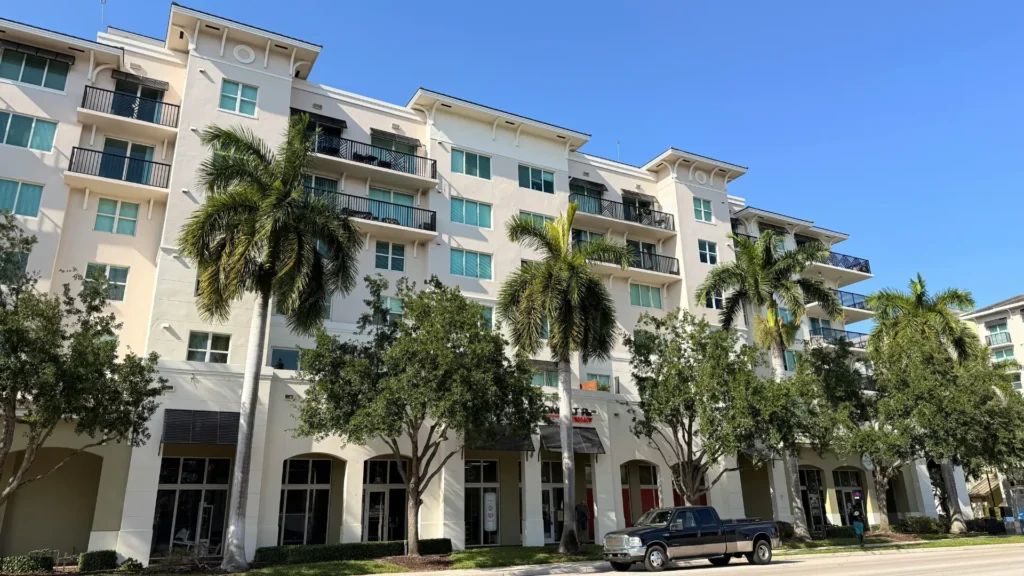
How NSPIRE Experts Helps Lower Your Turnover Rate
Expert Crews, Fast Dispatch, and Quality Control
We don’t send just anybody. Our crews are trained in HUD property standards, are fully insured, and integrate into your team without adding paperwork or stress.
Need boots on the ground fast? We mobilize in 48 hours.
HUD-Focused Services Built for Compliance
From repairing failed inspection items to prepping units for reoccupancy, our team knows the standards — and how to meet them.
Looking to learn more about inspection prep? Download the NSPIRE Checklist — a free guide designed by HUD experts.
Trusted by Managers, PMCs, and Housing Authorities
We support multifamily portfolios, public housing agencies, and everything in between. Whether you’re turning 5 units or 500, we scale with you.
Get a FREE Quote to Improve Your Apartment Turnover Rate
Ready to stop losing money on vacant units and slow turnovers?
Let NSPIRE Experts help you improve your apartment turnover rate with a proven, predictable, and scalable solution.
- ✅ Flat-rate pricing
- ✅ Fully insured workers
- ✅ 2-person minimum
- ✅ 3-month minimum
- ✅ 48-hour mobilization
👉 Get a FREE Quote today and see how fast your units can turn around — the right way.
